Bangkok flower market visit reveals truths about Thailand as Land of Smiles
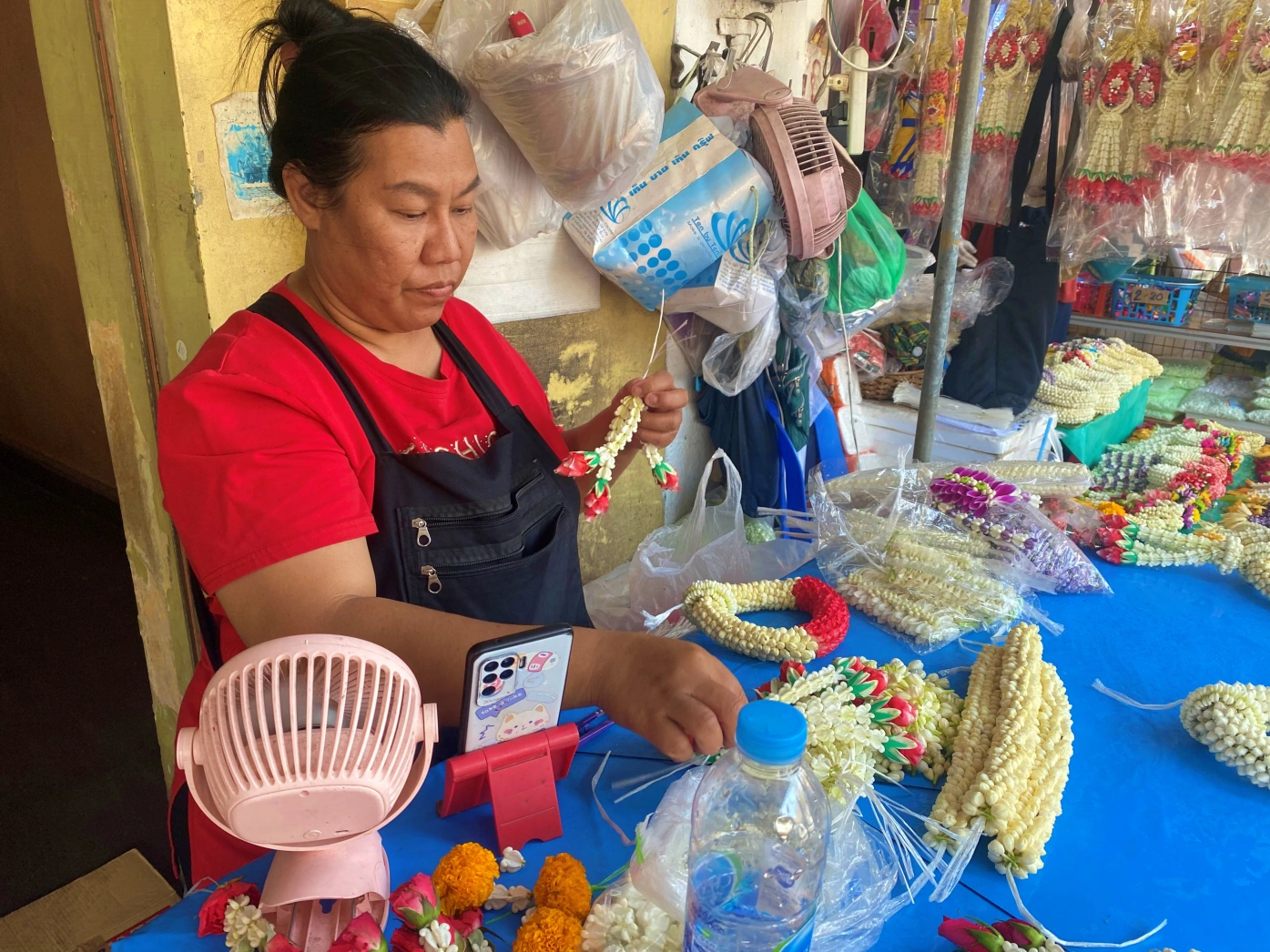
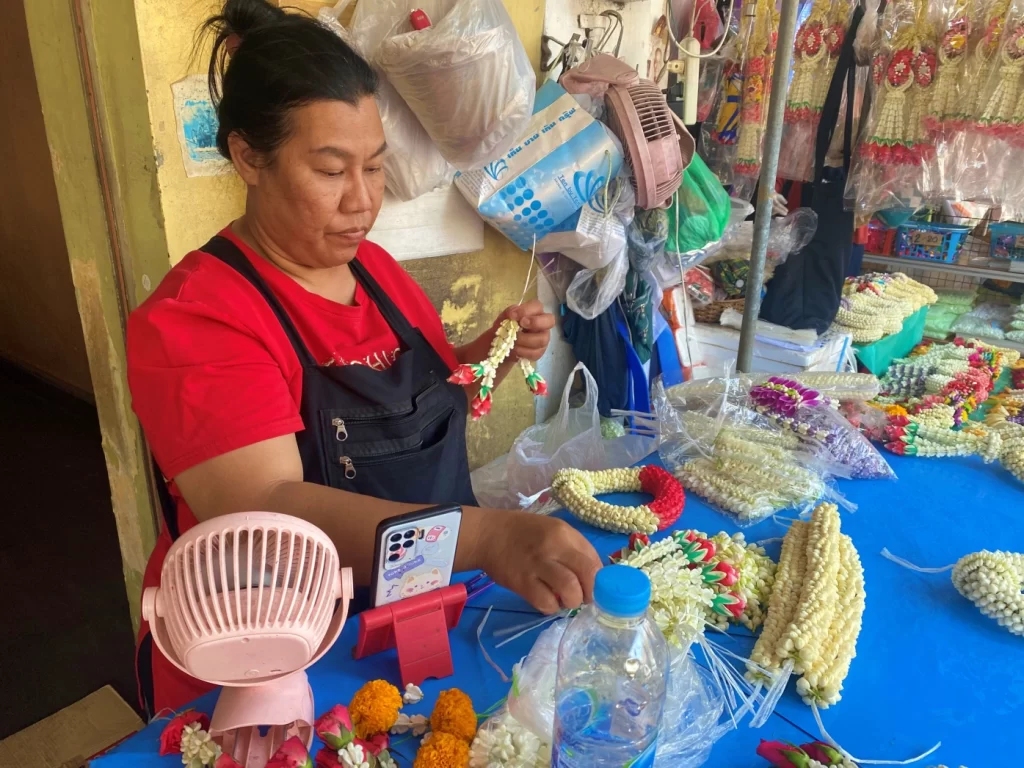
A crafter of flowers carefully weaves tiny and fragrant fresh flowers into garlands, wreaths and crowns in Bangkok’s huge Pak-Klong-Talad flower market. (Janet Podolak)
A visit to Bangkok’s vast Pak-Klong-Talad flower market can be a metaphor for much of Thailand.
In the historic old city just off the Chao Phraya River, the market is a riot of colors and aromas not far from Wat Pho, the must-visit Temple of the Reclining Buddha.
Smiles wreathe the faces of flower crafters as they carefully fold back the petals of lotus blossoms and string fragrant jasmine into garlands, their gentle demeanor typical of Thailand — known as the Land of Smiles.
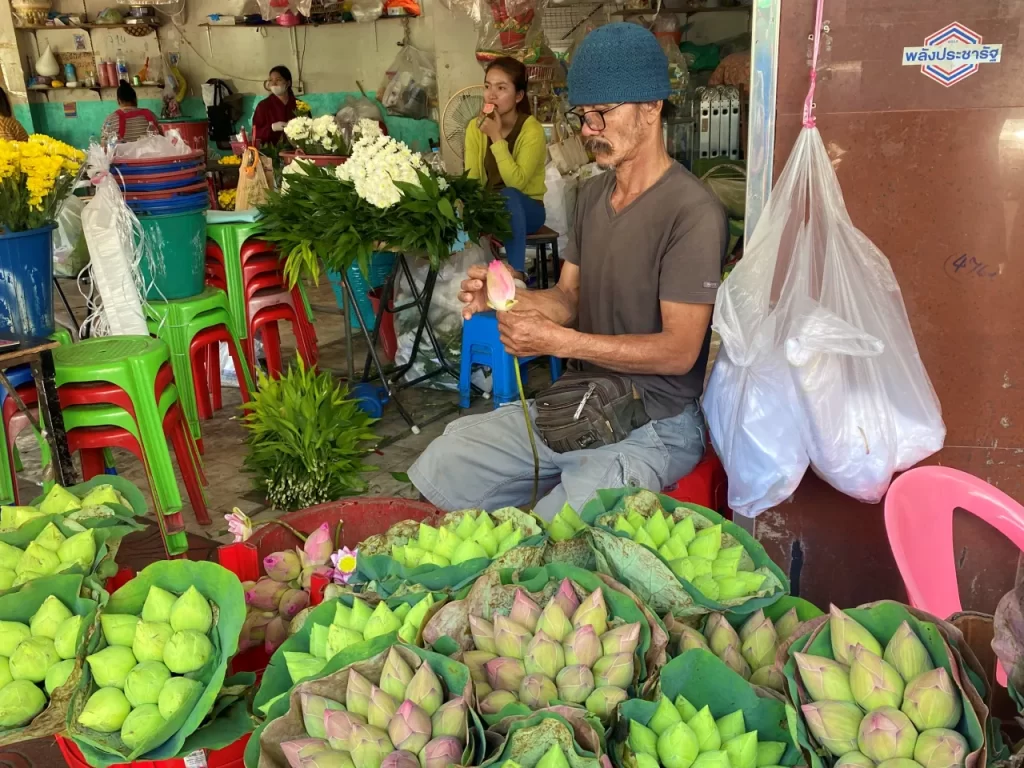
A flower market craftsman surrounded by lotus blossom buds gently opens the bud’s petals. (Janet Podolak)
I wanted to make the most of this shore excursion on the final day of my 32-day voyage with Oceania Cruises’ Nautica by discovering more about this country I last visited two decades ago.
Flowers, I knew, play an important role in the lives of Thailand’s people, who buy fragrant flower garlands to hang on their car’s rear-view mirror for luck from Mae Yangang, the goddess of journeys, on the chaotic roads. Flower arrangements are everywhere in hotels and restaurants and are given as both offerings and gifts. Thailand is the world’s largest exporter of orchids, which can be purchased for less than a dollar.
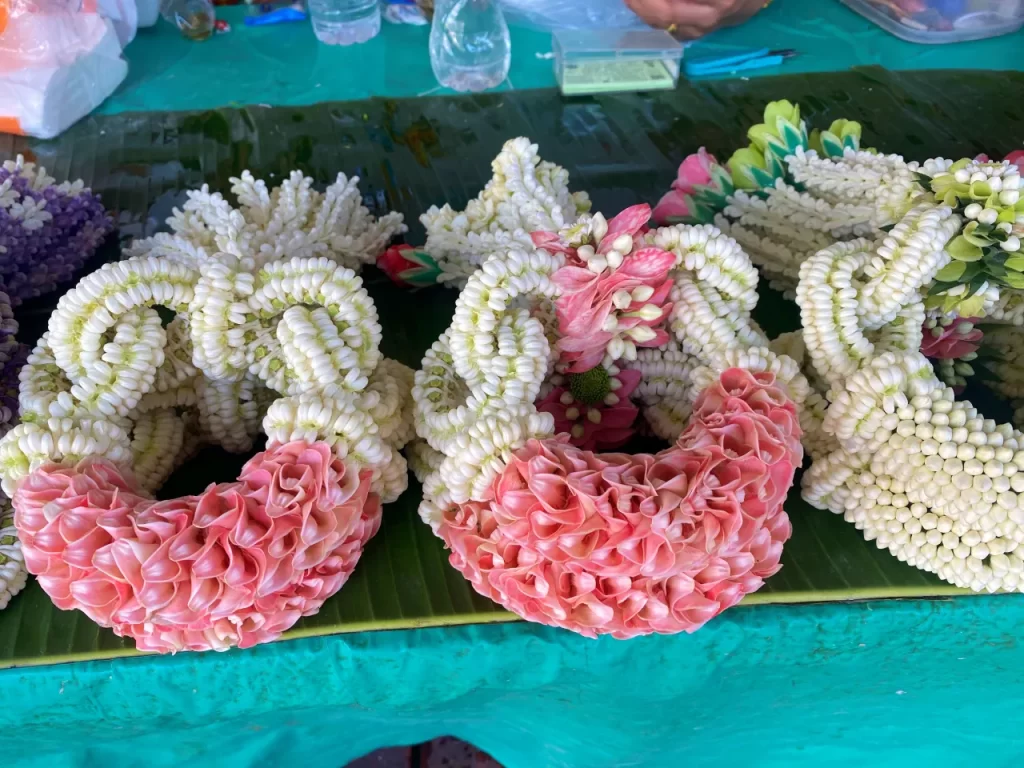
Tiny, very fragrant flowers are crafted into a garland that can be hung around a rear-view mirror for good luck. (Janet Podolak)
The flower market — which is huge, with more than 3,000 vendors — is most active in the very early morning hours, when deliveries of ice-packed roses, orchids and lotus blooms arrive from the cooler provinces in the north and businesses hosting visitors come for their flower arrangements. But Pak-Klong-Talad is open 24 hours a day and is a fragrant place to meander when awakened at 1 a.m. by jet lag.
Not far from the equator, Bangkok is among the world’s hottest cities, so planning tours early in the day makes good sense.
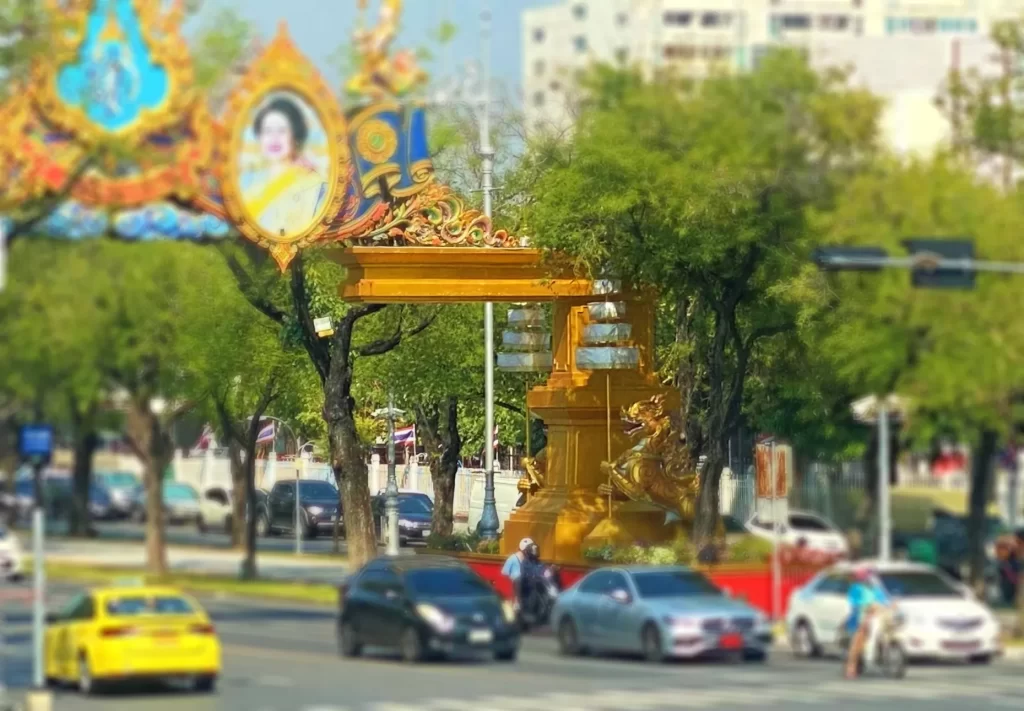
The reverence that many Thai people hold for their monarchs is apparent along Bangkok streets. (Janet Podolak)
Marigold garlands are popular for religious rituals because their name, “dao ruang” in Thai, means prosperity and their yellow color is associated with Buddhism.
The lotus is important in Buddhist traditions as a symbol of enlightenment. Legend maintains that a lotus blossom bloomed wherever the baby Buddha stepped. When a flower is just partially open with its center hidden, it means enlightenment is just out of sight.
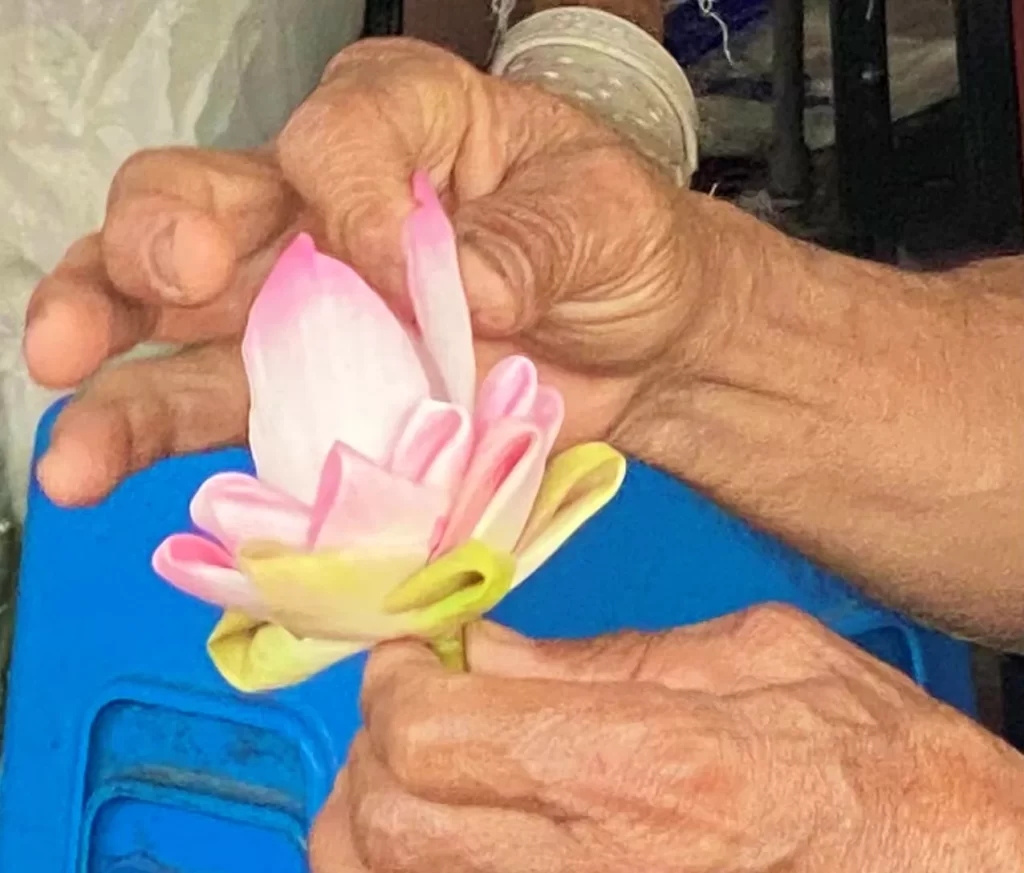
Lotus blossom petals are extracted from the bud and carefully folded back. Buddhists believe they bloom wherever the baby Buddha stepped. (Janet Podolak)
My enlightened daughter, who joined me on the cruise, came home with the ultimate souvenir — a tattoo of a lotus on her upper back.
The shore excursion group from the ship followed our guide through the maze of narrow aisles in the flower market, walking carefully so as not to slip on wet floors. At every stop to explain what we were seeing and some of its symbolism, the guide indicated where we’d be headed next. The ship limits the number of people accepted for shore excursions to keep the group more manageable and to assure a good experience for everyone.
Early in our flower market walk I told the guide I’d be stopping for photos and perhaps straying away at times from the group. She promised not to lose me, but, just in case, she indicated where we would all gather to travel by tuk-tuk to the nearby Wat Pho temple. Tuk-tuks are three-wheeled open vehicles good for when two people are going short distances on Bangkok’s congested streets.
I’d been to Wat Pho and seen the reclining Buddha on an earlier trip to Bangkok but had focused then on the Thai massage school there. The Wat Pho complex had its beginnings in the seventh century, when it was the country’s headquarters for traditional medicine, which includes massage to adjust the body’s meridians. While many find Thai massages to be painful, I’d loved how a two-hour massage made me feel and went back to Wat Pho several times during my two-week visit back then. Massages are given to subjects in groups who are clothed and lie on a cushioned floor in a large pavilion. They cost about $10 for a two-hour treatment and are given by appointment. Unfortunately, the time allotted for a shore excursion didn’t permit my indulgence on this visit.
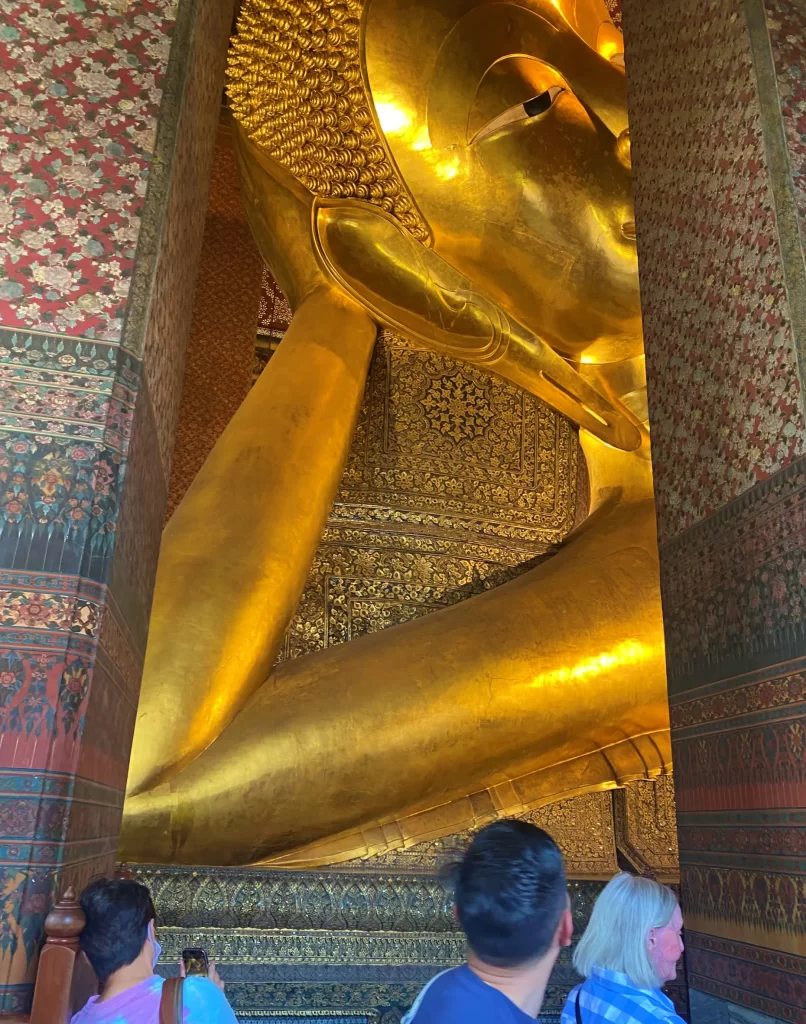
A giant reclining Buddha draws visitors to the Wat Pho temple complex along Bangkok’s Chao Phraya River. (Janet Podolak)
The huge reclining Buddha was added to the Wat Pho complex in 1849. Made of brick and plaster but covered in glittering gold leaf, it’s 150 feet long and 50 feet high — almost impossible to comprehend and even more difficult to photograph. The Buddha’s feet alone are 16 feet long.
Visitors, who must remove their shoes before entering, are given the chance to purchase a bowl of coins as they step up to walk around the reclining Buddha. The coins, meant to bestow good luck, are offerings placed in small brass bowls surrounding the giant statue.
Bangkok was the final stop on our month-long cruise, but we’d visited two other ports in Thailand before that.
We met monkeys on the wild tropical island of Koh Samui, south of Bangkok in the Gulf of Thailand and across the Thai peninsula from the more famous Phuket. Both islands are known as excellent beach destinations, but we opted for a tiger encounter in Phuket, and on Koh Samui we’d seen macaque monkeys that had been trained to harvest coconuts.
Coconuts are the major cash crop on Koh Samui, a round island that’s just 9 miles across and home to 40,000 year-round residents. The island’s road, which runs around its perimeter, wasn’t built until the 1970s, and its rugged interior is largely uninhabitable.
The island produces three million coconuts per month and trains monkeys captured from its interior to harvest them. When we left our motorcoach tour at a coconut plantation to witness the monkeys at work, we were warned not to try to pet them even though they were domesticated.
After a monkey on a long leash scrambled up a tall coconut tree to bring coconuts to the ground, I moved closer to get its photo. When it showed me its fangs, I quickly backed off, convinced that this creature was not cute and cuddly as I expected it to be.
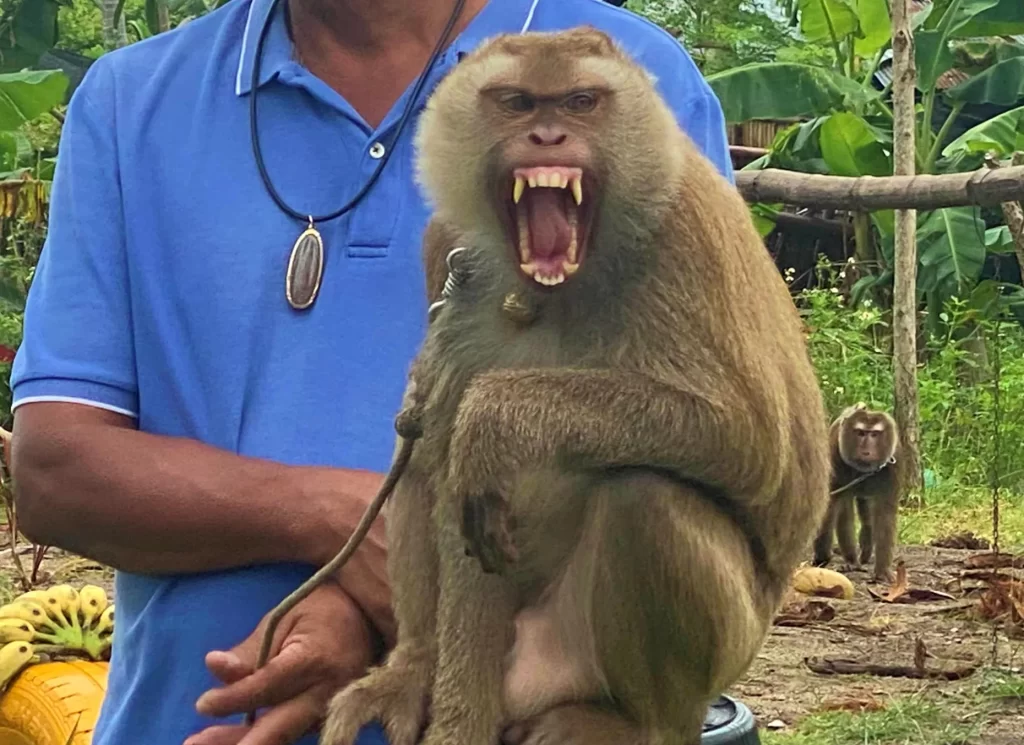
A monkey trained to gather coconuts snarls as a visitor moves closer to take its photo. (Janet Podolak)
I worked with Mentor, Ohio based Jennifer Fried of Direct Travel in planning many details for this cruise including visas, insurance, excursions and reservations. Reach her at 440-946-4040.
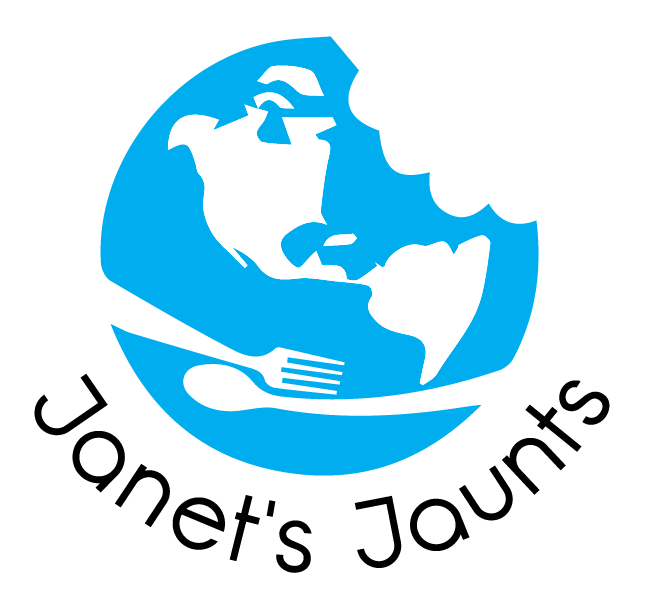
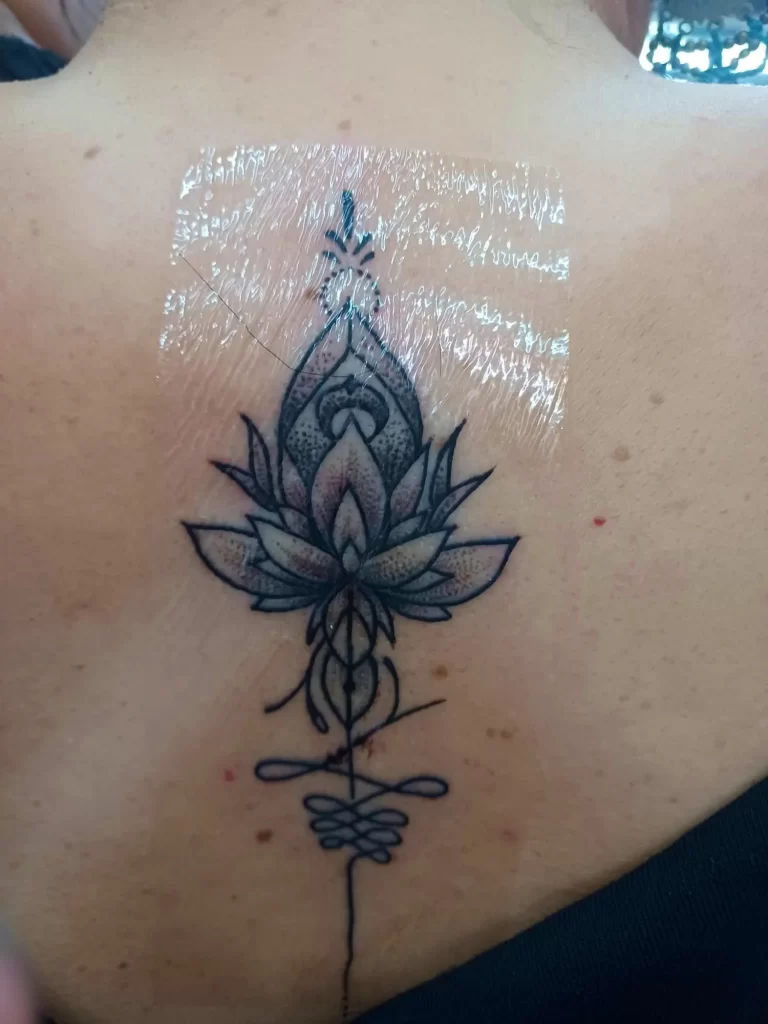


Recent Comments